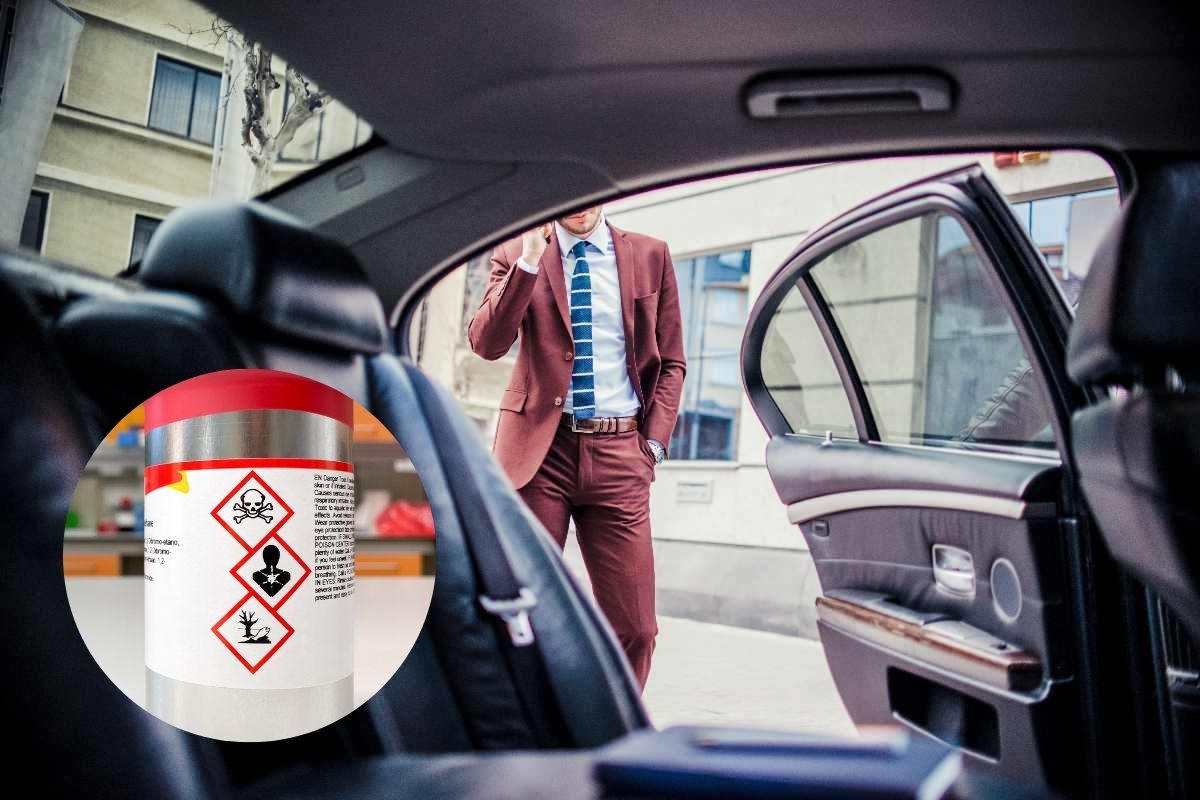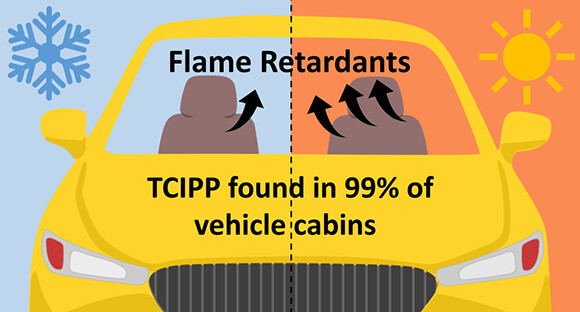High levels of potentially carcinogenic chemicals were found in the cabin air of 99% of vehicles tested, a new US study has found.

@Canva
According to a troubling new study by researchers at Duke University in the United States, the air inside our cars may not be as clean as we think. The research, published in Environmental Science & Technology, reveals that nearly all vehicles contain high levels of potentially hazardous chemicals.
What’s the concern?
The focus is on what are technically known as organophosphate esters (OPEs), commonly used as flame retardants in vehicle foam. These chemicals, including TCIPP (Tris(1-chloro-2-propyl) phosphate), were found in 99% of the vehicles tested—a total of 101 cars manufactured in the United States since 2015.
The study specifically references the interiors of cars produced in the United States, and it is unclear if vehicles manufactured in Europe are subject to the same conditions.
Potential health impacts
The findings are concerning as some animal studies have shown a link between TCIPP exposure and an increased cancer risk, which could also pose potential effects on human health from inhaling such substances while driving or during car journeys.
The issue with TCIPP is that, being semi-volatile, it is released into the cabin and consequently into the air breathed by passengers.
As Professor Rebecca Hoehn of Duke University in Durham, the lead author of the study, stated:
“Considering that, on average, a driver spends about an hour each day in a car, this is a significant issue.”
Other flame retardants also a concern
Other flame retardants, such as tris(1,3-dichloro-2-propyl) phosphate (TDCIPP) and tris(2-chlorethyl) phosphate (TCEP), have also been found to be just as prevalent in car cabins. These substances can likewise lead to harmful health consequences, such as neurological damage and reproductive toxicity.
Temperature’s role in chemical emission
Another key factor identified in the study is the influence of temperature on the emission of these chemicals: higher temperatures can lead to a greater release of flame retardants into the cabin air, thus increasing the risk for passengers.

@Environmental Science & Technology
Vulnerability of commuters and children
Individuals who spend long hours in the car, such as commuters, may be particularly vulnerable, along with children who proportionally breathe more air compared to adults and may thus be exposed to higher doses of these harmful substances.
Professor Lydia Jahl of the Green Science Policy Institute in Berkeley, a co-author of the study, emphasizes the importance of reducing exposure to flame retardants by opening windows and parking in the shade. However, the real solution lies in limiting the use of such substances in cars, thereby ensuring a safer environment for drivers and passengers.
Experts agree on this point: the use of these flame retardants in vehicle interiors must be reduced, exploring safer alternatives that can provide protection against fires without compromising people’s health.
